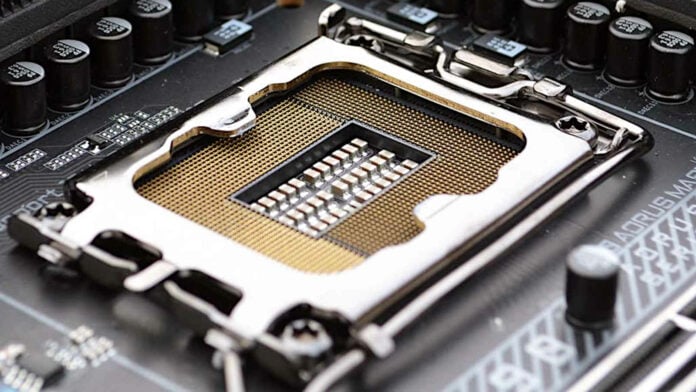The first Intel CPUs to use the company’s new LGA 1851 socket are due later this year, starting with the Core Ultra 200 series (codenamed Arrow Lake). While similar in appearance to LGA 1700, the increased pin count makes prior processors incompatible. While a drop-in upgrade is out of the question, this new design may at least resolve a problem that plagues current generation motherboards to this day.
Architectural improvements should make Core Ultra 200 the best CPU series made by Intel to date. Preliminary benchmarks suggest as much, anyway, with Arrow Lake-S boasting faster single-core performance compared to Core i9 14900KS. Better still, it appears we may not need to reach for new custom contact frames for these chips, at least on some boards.
Building on their previous leaks on the Core Ultra 200 series, X user jaykihn0 had further beans to spill on the new Intel processors. Turns out that manufacturers will have two ILM (internal locking mechanisms) to choose from for their Socket LGA 1851 motherboard designs. One is essentially the same as previous efforts seen on LGA 1700 boards, angled at two degrees. However, the other, dubbed ‘Reduced Load ILM (RL-ILM)’ is flat and allegedly improves thermals.
So, if one is clearly better than the other then why isn’t Intel going ahead and including RL-ILM on all motherboards? According to jaykihn0, it’s a question of compatibility. RL-ILM requires the heatsink place 35lb of pressure on to the CPU, whereas the standard ILM has no such prerequisite. It’s also more expensive to add to each board. While its costs are <$1 a pop, every penny counts when it comes to mass production.
While I’m glad to see Intel taking steps to reclaim performance left on the table by its previous socket design, this approach isn’t without its issues. Communicating such nuanced specifications such as heatsink pressure to consumers will be difficult and potentially problematic. Questions also remain about how we’ll be able to differentiate between RL-ILM and standard ILM, whether through physical differences or labelling.
Whatever the outcome, my appetite for Core Ultra 200 series processors remains palpable. New CPU generations always make for an exciting time, and I can’t wait to see how Intel fares against AMD’s new Ryzen 9000 series chips.
For more on Intel, though, check out our Core i9 14900K review to reacquaint yourself with the current clock speed king.
